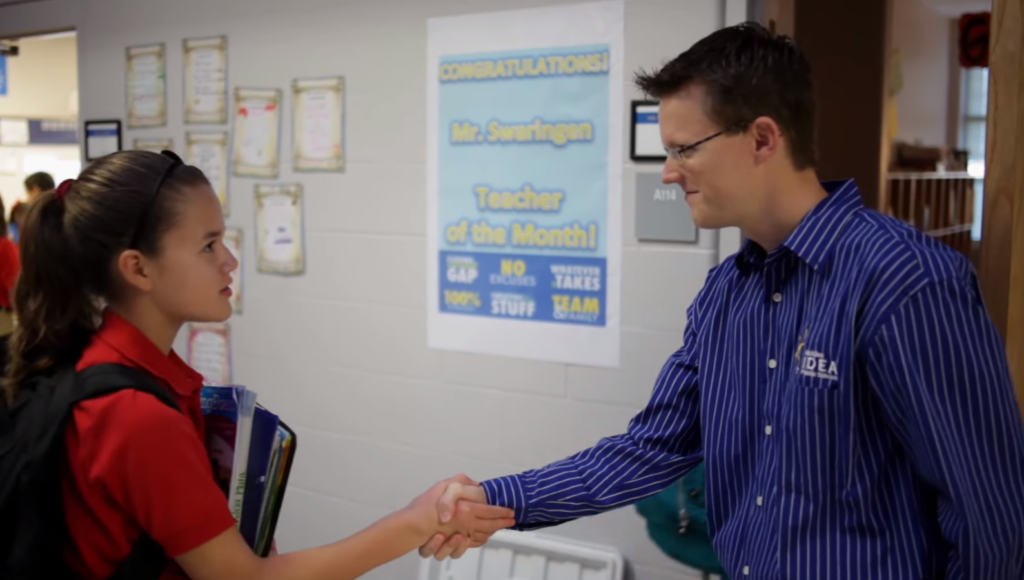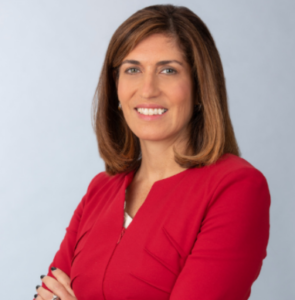
Editor’s note: Today’s commentary comes from Nina Rees, president and CEO of the National Alliance for Public Charter Schools, the leading national nonprofit organization committed to advancing the charter school movement.

In 1991, Amazon and Google didn’t exist. Neither did smart phones. The internet was a fledgling idea, and a small band of teachers and school leaders in Minnesota were about to change America’s education landscape forever.
The state passed the first charter school law in the country, creating a new type of public school independent of the school district, focused on the individual needs and interests of students and propelling them to academic success. With the law’s passage, Minnesota became the model for flexible, student-centered, innovative public education options.
Fast forward 30 years to today, and 44 states have public charter school laws serving 3.3 million students. Nearly 220,000 dedicated teachers deliver education at 7,500 charter schools. Now that’s something to celebrate.
This month, National Charter Schools Week 2021 was a time to reflect on those 30 years of work to close the opportunity gap and deliver an excellent education to every student. The innovation that charter schools bring to education lies within the built-in flexibility and autonomy to design and implement classroom instruction. Simply put, teachers and leaders have the freedom to do whatever it takes. They can meet students where they are and provide the best learning methods for them to gain the knowledge and skills needed to be successful in college, career and life.
That model works. Millions of students and thousands of teachers and schools make up the dynamic charter school community. Some schools focus on college prep, some follow a STEM curriculum, and others integrate the arts into each subject. All are focused on students and their unique learning needs.
Again this year, U.S. News & World Report released the 2021 Best High Schools ranking which included data on nearly 24,000 public high schools. And once again, charter schools outperformed. Charter schools made up 10% of public schools in the ranking, but they made up 24% of the top 100 best high schools.
Charter schools in Arizona, Arkansas, California, Delaware, Florida, Louisiana, Massachusetts, Minnesota, New Mexico, North Carolina and Texas were represented on the top 100.
Charter schools overwhelmingly serve underserved students: urban students and those who are Black, Latino or come from low-income families. And they do it exceptionally well. Students in urban charter schools gained 40 additional days of learning in math and 28 additional days of learning in reading per year as compared to their district school peers. Low-income Hispanic students gained 48 additional days in math and 25 additional days in reading, while low-income Black students gained 44 additional days in reading and 59 additional days in math per year.
And four or more years of enrollment in an urban charter school led to 108 additional days of learning in math and 72 additional days of learning in reading per year.
While it is important to look back at how far charter schools have come in three decades, it is even more important to look ahead. The pandemic has shown us that now more than ever, American families want more high-quality public education options.
Education is not a fixed place, a person, or a system – it is a right. Charter schools are a critical part of public education, and our movement to bring better options to more families who need it is growing. New schools are opening and enrollment is increasing, signaling that parents and communities want and need the educational options that charter schools provide.
Charter schools are born out of a community need for more and better, with passionate educators and parents who are committed to giving more kids the opportunity to have a great education, taking up the mantle and making it a reality. It is common to see charter schools led by former teachers who wanted to take the lessons they learned in the classroom and apply those lessons to an entire school. And that’s the beauty of the chartering model.
Charter schools across the country have the strong support of their local communities and people across the political spectrum. In Florida, the Legislature this year passed a law allowing Florida’s colleges and universities to issue charters, making the process easier, but not less accountable, to start and expand charter schools. This will lead to more education options and learning opportunities for Florida students.
What started with one law and one school in Minnesota has blossomed into a nationwide movement.
Student-centered, tuition-free, and always public, charter schools have changed the American public education landscape for the better. The celebration this month of National Charter Schools Week has been a time for everyone to highlight and celebrate the schools, students, education leaders and advocates that have demonstrated the strength and promise of the charter school movement over the last 30 years.


